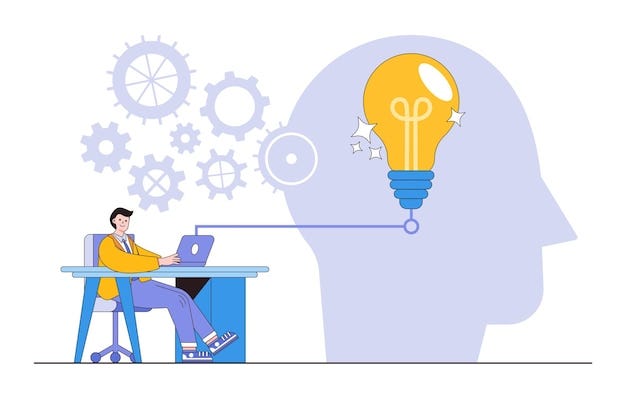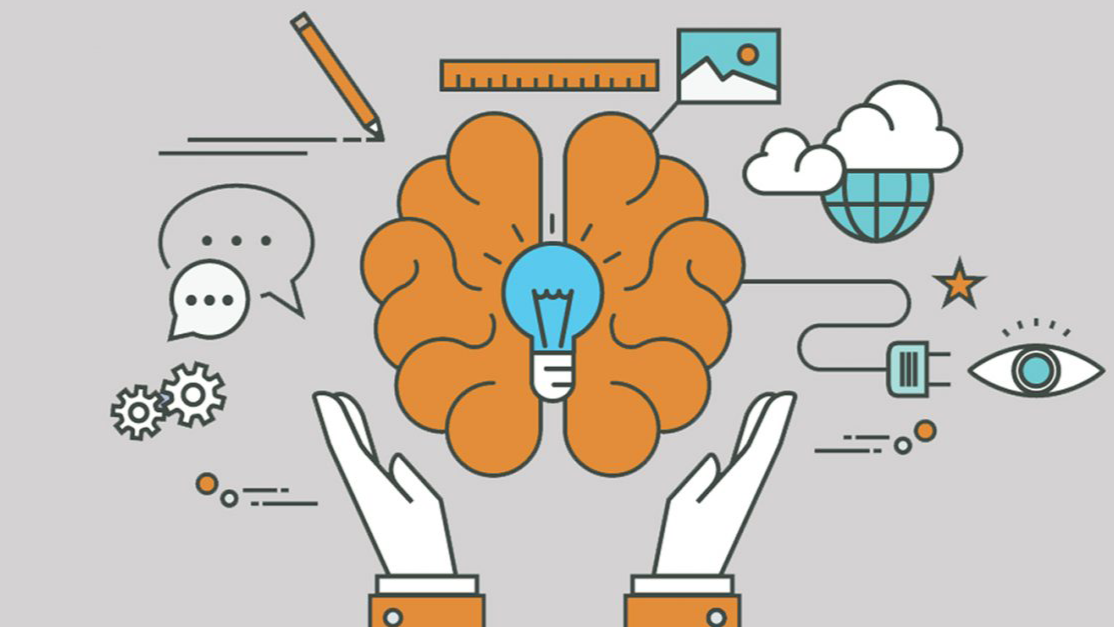Advanced Problem-Solving Frameworks: Tools for Strategic Decision Making
Systematic approaches to tackle complex challenges in today's dynamic business environment
Understanding Complex Problem-Solving
In today's rapidly evolving business landscape, professionals face increasingly complex problems that require more than intuitive thinking. Traditional problem-solving approaches often fall short when dealing with multifaceted challenges involving numerous stakeholders, uncertain variables, and systemic implications.
Advanced problem-solving frameworks provide structured methodologies that enable decision-makers to break down complex issues, analyze root causes, develop innovative solutions, and implement effective action plans. These frameworks can be applied across various domains—from strategic business challenges to technical issues, operational inefficiencies, and organizational transformations.
Why Traditional Problem-Solving Methods Fail
- They often address symptoms rather than root causes
- They don't account for system complexity and interdependencies
- They lack structured approaches for navigating ambiguity
- They provide limited tools for generating diverse solution options
- They rarely incorporate feedback loops for continuous improvement
The DMAIC Framework: A Systematic Problem-Solving Approach
One of the most robust problem-solving frameworks is DMAIC (Define, Measure, Analyze, Improve, Control), which originated from Six Sigma methodology but has been adapted for broader business applications. This framework provides a systematic, data-driven approach to problem-solving.
1. Define
Clearly articulate the problem, establish goals, and identify stakeholders
2. Measure
Collect data to establish baselines and quantify the problem
3. Analyze
Identify root causes and validate them with data
4. Improve
Develop, test, and implement solutions to address root causes
5. Control
Establish monitoring systems to maintain improvements over time
The DMAIC framework ensures that problem-solving is approached methodically, with each phase building on the previous one. It emphasizes data-driven decision-making and provides clear criteria for moving from one phase to the next.
Design Thinking: Human-Centered Problem Solving
While DMAIC excels in addressing operational and technical problems, Design Thinking provides a complementary framework for tackling challenges that require innovation and human-centered solutions. Originally developed for product design, this framework has been widely adopted for solving complex business and social problems.
The Five Stages of Design Thinking
- 1
Empathize
Understand the needs, thoughts, feelings, and motivations of those experiencing the problem through observation and engagement
- 2
Define
Synthesize findings to clearly articulate the core problem from a human-centered perspective
- 3
Ideate
Generate a wide range of creative solutions through ideation techniques like brainstorming
- 4
Prototype
Create scaled-down versions of potential solutions to investigate the problem further
- 5
Test
Try solutions with end-users, gather feedback, refine understanding, and iterate on solutions
What makes Design Thinking particularly powerful is its emphasis on empathy and human needs, iterative approach, and comfort with ambiguity. It encourages rapid prototyping and testing, allowing teams to fail fast, learn quickly, and continuously refine solutions.
Systems Thinking: Addressing Complex Organizational Challenges
For problems involving complex systems with multiple interdependent parts, Systems Thinking provides valuable frameworks. Unlike linear problem-solving approaches, Systems Thinking examines how different components interact and influence each other over time.
Systems Thinking helps professionals address challenges where:
- Problems recur despite repeated interventions
- Short-term solutions create long-term problems
- Interconnected factors influence outcomes
- Root causes are distant from symptoms in time and space
- Traditional cause-and-effect analysis falls short
Key Systems Thinking Tools
Causal Loop Diagrams
Visual tools that map relationships between variables, identifying reinforcing and balancing feedback loops
Stock and Flow Diagrams
Models that track accumulations (stocks) and rates of change (flows) within a system
Iceberg Model
Framework for looking beneath surface events to identify patterns, structures, and mental models
Leverage Points Analysis
Methodology for identifying places in a system where small changes can produce significant improvements
The TRIZ Methodology: Systematic Innovation for Technical Problems
When facing technical challenges that require innovative solutions, TRIZ (Theory of Inventive Problem Solving) offers powerful frameworks. Developed by Genrich Altshuller through the analysis of thousands of patents, TRIZ provides principles and tools for systematic innovation.
The core insight of TRIZ is that technical problems and solutions follow patterns that repeat across industries and sciences. By identifying these patterns, professionals can adapt solutions from one field to solve problems in another.
Key TRIZ Concepts
Contradictions
TRIZ identifies technical contradictions (when improving one parameter worsens another) and physical contradictions (when something needs to have opposite properties)
40 Inventive Principles
A set of solution strategies derived from patterns in patents that can be applied to resolve contradictions
Ideality
The concept that systems evolve toward delivering all benefits without costs or harm—"the ideal final result"
Resources
Identifying and utilizing all available resources, especially those already present in the system
While originally developed for engineering problems, TRIZ principles have been successfully applied to business, management, and organizational challenges.
Integrating Problem-Solving Frameworks
Each of these frameworks offers valuable approaches to problem-solving, but they are most powerful when used in combination. Effective problem-solvers select and integrate frameworks based on the specific nature of the challenge at hand.
| Framework | Best For | Key Strengths |
|---|---|---|
| DMAIC | Process improvement, quality issues, operational efficiency | Data-driven, systematic, measurable outcomes |
| Design Thinking | User experience issues, new product development, service innovation | Human-centered, creative, iterative |
| Systems Thinking | Complex organizational issues, recurring problems, policy development | Holistic, addresses root causes, identifies leverage points |
| TRIZ | Technical innovation, engineering challenges, product improvement | Systematic innovation, contradiction resolution, resource utilization |
A comprehensive approach might use Systems Thinking to understand the broader context, Design Thinking to develop human-centered insights, DMAIC to structure the overall problem-solving process, and TRIZ principles to generate innovative solutions to specific technical challenges.
Building Your Problem-Solving Capabilities
Mastering these problem-solving frameworks requires deliberate practice and skill development. Here are strategies for building your problem-solving capabilities:
Develop a Toolkit
Learn multiple frameworks and when to apply each one based on the nature of the problem
Practice Deliberately
Apply frameworks to real-world problems, reflect on outcomes, and refine your approach
Embrace Collaboration
Involve diverse perspectives to enhance problem understanding and solution generation
Organizations can foster problem-solving capabilities by creating environments that support structured approaches, providing training in key frameworks, and developing processes that incorporate these methodologies into everyday work.
Case Study: Applying Multiple Frameworks
Manufacturing Company Tackles Quality Issues
Challenge: A manufacturing company was experiencing a high rate of product defects, resulting in customer complaints and increased costs.
Approach: The company used an integrated problem-solving approach:
- DMAIC provided the overall structure, with clear metrics and process analysis
- Systems Thinking helped identify how different departments, suppliers, and processes were interconnected
- Design Thinking brought in customer perspectives and helped redesign quality control processes
- TRIZ principles were applied to resolve specific technical contradictions in the manufacturing process
Outcome: The integrated approach led to a 75% reduction in defects, improved customer satisfaction, and significant cost savings. More importantly, the organization developed enhanced problem-solving capabilities that could be applied to future challenges.
FAQ: Advanced Problem-Solving Frameworks
How do I know which problem-solving framework to use?
Choose based on the nature of the problem: DMAIC for process and quality issues, Design Thinking for user-centered challenges, Systems Thinking for complex organizational problems, and TRIZ for technical innovation. For most complex problems, an integrated approach works best.
How can I implement these frameworks in my organization?
Start with training key team members in the basics of each framework. Then, select a meaningful but manageable problem as a pilot project. Document the process and results to build organizational support. Gradually incorporate the approaches into standard operating procedures.
What are the common pitfalls when applying these frameworks?
Common pitfalls include applying frameworks mechanically without adaptation to context, rushing through earlier phases to get to solutions, failing to involve all relevant stakeholders, and not allocating sufficient resources for implementation and follow-through.
How can problem-solving frameworks be applied to personal challenges?
These frameworks can be scaled down for personal use. For example, Design Thinking can help with career decisions by empathizing with your future self, Systems Thinking can address recurring personal issues by identifying underlying patterns, and DMAIC can structure personal improvement efforts.
Where can I learn more about these frameworks?
Al Mithaq Institute offers comprehensive training programs in all these problem-solving frameworks. Our courses combine theoretical foundations with practical applications, enabling participants to apply these methodologies to real-world challenges.







